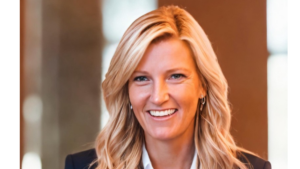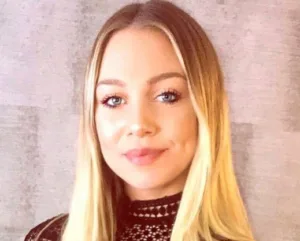By Maria Cadbury, Founder and CEO, creative and technology influencer marketing company We Are Spring

Marketers are sitting up and looking at the $2bn influencer marketing industry more strategically this year. Here are the top 10 developments we anticipate in 2019.
1.Transparency technology is one of the leading areas of concern for marketers and the key challenge to address in 2019, with 94% of marketers agreeing ‘transparency and authenticity are key to influencer marketing success’ and 42% citing “fake followers and bots as their main concern”. As such, having transparency technology is key. There is technology available today that can provide brands with a transparency dashboard reporting on the percentage of suspicious (fake) accounts, yet very few influencer marketing players have adopted or built out that technology.
2. Ecommerce will be a growing area in Influencer marketing. 40% of users say they’ve made a purchase as a direct result of content from an influencer and marketers are seeing 11X higher ROI delivered by Influencer marketing content than traditional forms of digital marketing. New ecommerce solutions such as Instagram 1-click technologies will see a huge uptake in 2019, with results already demonstrating up to 300% increase in online sales.
3. From URL to IRL. Influencers will become more prevalent in our lives, from TV regulars to feature editors in magazines and newspapers. Kat Framer (Doesmybumlook40) is a great example of this trend, guest writing for the Telegraph fashion pages and BowelBabe is an example of an influencer regularly featuring on TV and radio with her campaign to build awareness around Bowel Cancer.
4. Ambassadorships will play a more pivotal role with savvy marketers, who not only want to secure the right influencers for their brands, but are also considering the following three advantages:
–
The value of ongoing presence throughout the year
– The ability to reduce the overall cost per post with the leverage of ongoing
work
– Influencers working for brands through the year, outside of paid
partnerships, citing their brand in a meaningful, unpaid way
5. Platform vs Agency. The secret to successful influencer marketing is working with a partner that has a deep understanding of creative and talent strategies, but also knows that data is king. Data is essential to determine an Influencer’s audience, which often is a different demographic to the Influencer’s.
Creative strategy, however, will determine the strength of the engagements and the overall campaign results. When working with an agency you also get the talent and creative strategy support. We’ll see platforms convert to a more service-led offering, as brands look to Influencer marketing companies for this service.
6. The rise of the nano influencers.Their follower count is between 1,000 and 10,000. They are digital citizens and not famous, the antithesis of the celebrity endorsement. The nano influencer produces beautiful content curated for their niche audience and their cost is very low compared to the mid-tier or macro Influencer.
7. Squads, having a group of Influencers work together for the brand. L’Oreal and Unilever Dove have led very successful TV squad campaigns in the past. Recently, M&S adopted the influencer marketing squad strategy with its Christmas campaign, which saw all clothes worn by the influencers sell out. We’re seeing examples of Influencers inviting their Influencer friends onto their campaigns — giving extra exposure for the brand.
8. Focus on creative. Influencer marketing creative outperforms standard display creative when run alongside each other. As spend increases in the channel, there will be a switch to influencer marketing creative – high quality, curated in a tone of voice that resonates with their (niche) target audiences – used in display campaigns from programmatic to video advertising. Cutting creative costs by half, as brands start favouring influencer creative over display creative.
9. Bravery. Brands are starting to step out of their comfort zone to work with different, edgier Influencers. M&S collaborating with StyleMeSunday is a great example of a safe brand working with edgier content curator. She was part of M&S’s highly successful Christmas social media, Influencer marketing, campaign. Her audience is the perfect demographic for M&S and her content resonates really well with her audience. It’s was a step change for M&S.
10. Facebook tackling the issue of fraud. Last, but not least, less of a prediction and more of a question I’d like to know the answer to. Why is Facebook not resolving the issue? Keith Weed was vocal throughout 2018 on the need to stop fraudulent activity. But why is Unilever not strong-arming Facebook? We expect this to be a point of focus this year.
Overall, we are encouraged by the attention on the space and will continue to champion the opportunity and support ambitious brands.
About the Author: Maria Cadbury is the Founder and CEO of We Are Spring, a Creative and Technology Influencer marketing Company.
With nearly 20 years in marketing and digital media and experience over the past 7 years at managing director level. She ran one of the top 10 adtech networks and created two new businesses for the last two organisations she worked for. The last venture was an Influencer marketing Agency, where Maria was the business architect for Evolve Media’s Influencer marketing Agency, The Studio. From inception of the business proposal through to the execution of a best of breed Influencer marketing Agency.
Sources:








